arrow_backStop Bleeding
Select type of bleeding
- Small Cuts
- Serious Wounds
- Internal Bleeding
Use water.
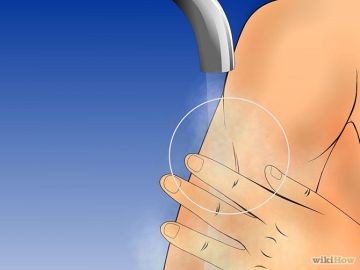
Running water will not only clean the wound, but help to stop the bleeding. Run cold water over the cut to constrict the blood vessels and stop the bleeding. Doing the same with hot water will cauterize the cut, allowing the blood to clot.
Don’t use both hot and cold water - just one or the other should do the trick.
You can use an ice cube instead of cold water to close off the arteries. Hold the ice to the cut for a few seconds until the wound closes up and stops bleeding.
If you have multiple small cuts on your body, taking a hot shower will clean off all the blood and cauterize the multiple gashes concurrently.
Add vaseline.
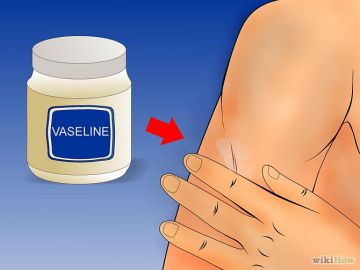
As a result of the waxy texture of vaseline, applying a small smear of it to minor cuts will block off the blood flow outside of the skin and give the wound time to clot. You can use regular chapstick if you don’t have any plain vaseline on hand.
Apply white vinegar.
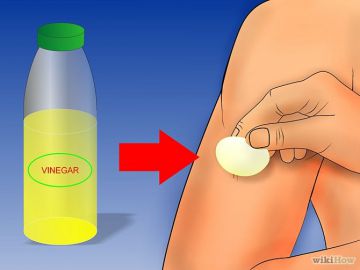
The astringent properties of vinegar help to disinfect and clot small cuts. Dab a bit of white vinegar onto the cut with a cotton ball, and wait for the bleeding to stop.
Try witch hazel.
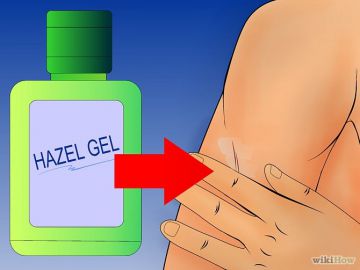
Similar to white vinegar, witch hazel acts as a natural astringent great for clotting small cuts. Pour a little over your cut or dab it on with a cotton ball for the same effect.
Put on some cornstarch.
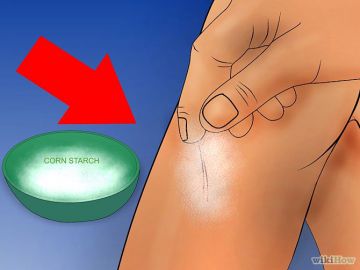
Sprinkle a bit of cornstarch onto the cut, being careful not to rub it or cause any further abrasions. You can lightly press the powder onto the cut to help expedite the process. When the cut has stopped bleeding, use running water to rinse the cornstarch off.
Add a spoonful of sugar.
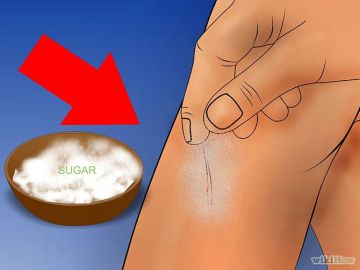
Follow Mary Poppin’s advice at pour a little sugar over the cut. The antiseptic qualities of the sugar will help to clean it, while simultaneously aiding the blood clotting process.
Use spiderwebs.
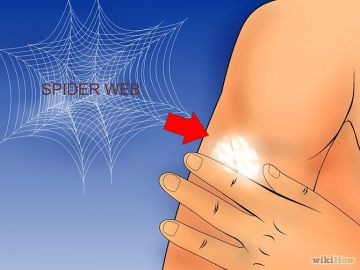
This is a great option if you are cut while hiking or outdoors. Grab some (spider-free!) spiderwebs and place them over the cut, rolling them up if necessary. The webs will stanch the blood flow and give your cut time to clot internally.
Try a styptic pencil.

These waxy pencils were originally made for shaving nicks and razor burn but work great for any small cut. Rub the pencil over your skin and let the mineral astringents it contains go to work. It will sting a bit on contact, but after a few seconds both the pain and bleeding will go away.
Rub on some antiperspirant.
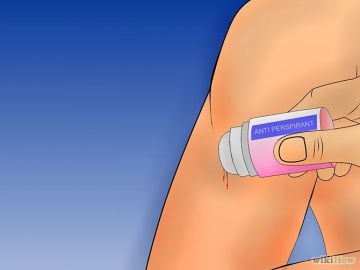
Similar to a styptic pencil, your deodorant has aluminum chloride which works as an astringent to stop the blood flow. Put some on your finger before smearing it over the cut, or rub the stick directly onto your nick.
Dab on Listerine.
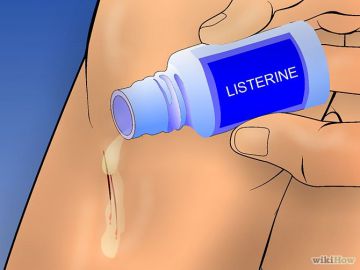
Originally created as an aftershave, use regular Listerine to help stop blood flow. Pour some directly over the cut or dip a cotton ball into the Listerine and dab it on. You should notice a decrease in blood flow after a minute or two.
Put on some pepper.
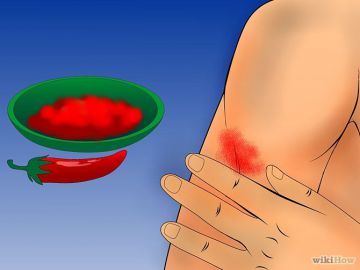
Cayenne pepper will help to seal up your wound fast and stop bleeding. However, this is one of the more painful methods.
If you’re in a hurry to stop your bleeding and don’t mind a little stinging, sprinkle some cayenne pepper over your cut and let it work its magic. When the bleeding stops, rinse it off with a bit of cold water.
Use an alum block.
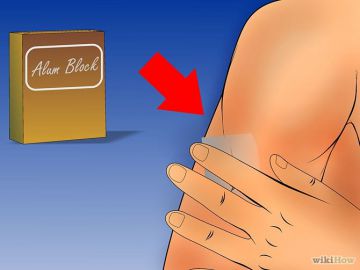
This is a soap-like bar created from minerals which help to stop bleeding. Wet the alum block in water and gently rub it over the cut.
There is no need to apply pressure as you place the block over your gash; the minerals will do the work themselves.
Take the membrane from an egg.
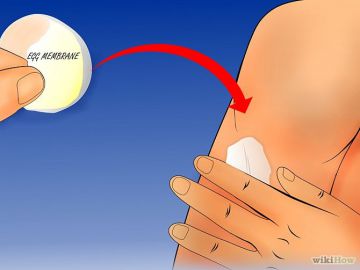
You know when you crack an egg, the filmy membrane left on the inside of the shell? Well this actually works to seal off cuts and give your body time to clot.
Peel the membrane from an egg (try to keep it in as large a piece as possible) and place it over your cut. Within a few seconds you should notice a stoppage in the blood flow.
Dress the cut.
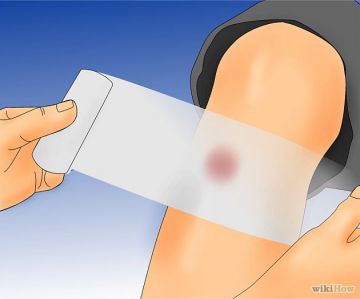
Apply a sterile bandage or dressing to the wound to help keep out any dirt and stop further bleeding. You can use a simple band-aid or a piece of clean gauze.
Lie down.
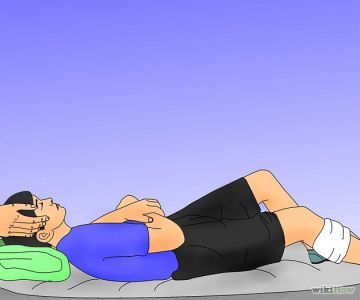
It will help to lessen the likelihood of shock if you can elevate the legs or position the head lower than the trunk. Check the victim's breathing and circulation before proceeding.
Elevate a wounded limb.
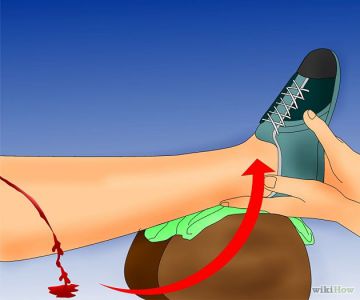
Raising the wounded limb (assuming it is an extremity that is injured) above heart will help to reduce severe bleeding. If you suspect a broken bone, however, do not attempt to move the limb.
Remove any debris.
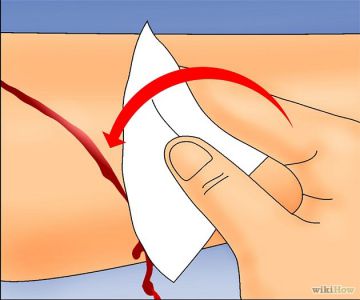
Clean up any visible foreign body and dirt, but do not clean the wound thoroughly as this can aggravate the wound.
Your immediate priority is to stop severe bleeding. Cleaning the wound can wait.
Apply firm pressure directly to the wound until the bleeding stops.
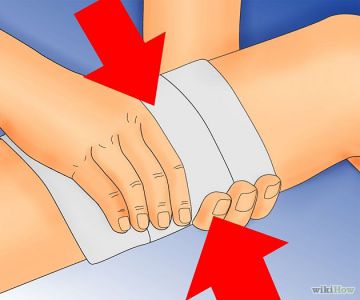
Use a pad of clean gauze, dressing, or clothing. (Even your hand can work if nothing else is available.) Place your hand over the pad and apply firm pressure with fingers or a hand to the wound.
Apply pressure steadily.
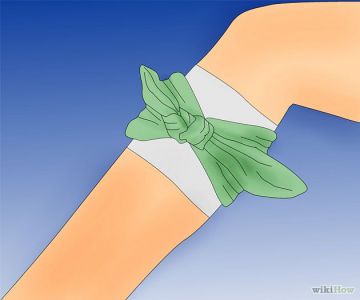
If the injury is on a limb, you can use tape or a cloth wrapped around the wound to maintain pressure (a folded triangular bandage placed over the wound and tied is ideal).
For groin or other parts of the body where you cannot wrap the wound, use a heavy pad and keep using your hands to press on the wound.
Look for seepage from the wound.
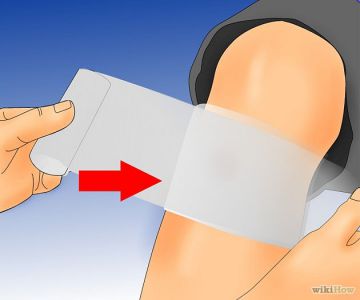
Add more gauze or additional bandages if the original soaks through. Do not over-wrap it, however, as increased bulk risks reducing pressure on the wound.
If you suspect the bandage is not working, remove the bandage and pad and reassess the application. If the bleeding appears controlled, maintain pressure until you are sure the bleeding has stopped or medical help has arrived.
Use pressure points if necessary.
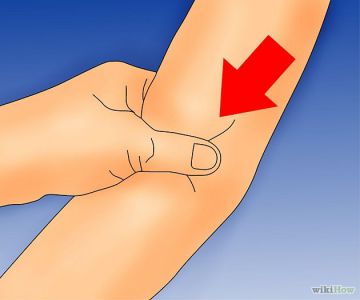
If you cannot stop bleeding by pressure alone, combine using direct pressure to the wound with pressure to one of these pressure points. Use your fingers to press the blood vessel against the bone.
Continue applying pressure until the bleeding stops or help arrives.
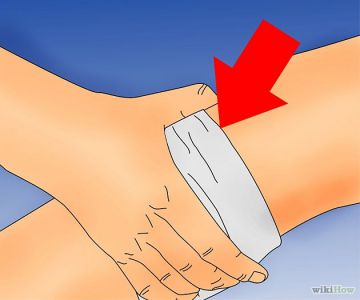
Do not use a tourniquet except as the last resort to save a life. How and when to use a tourniquet. If it is done incorrectly, it may lead to an unnecessary serious injury to or loss of the leg or arm.
Monitor the breathing.
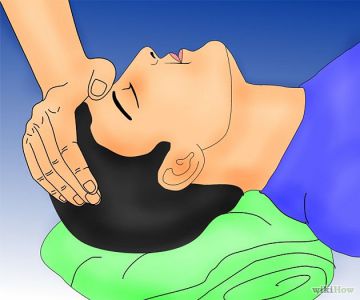
Check that the bandages are not too tight - if the victim has cold, pale skin, toes or fingers that do not restore to normal color after compression, or the victim complains of numbness or tingling, it is probable that the bandaging is too tight.
Call an ambulance immediately.

Get the bleeding victim to hospital as quickly as possible. Internal bleeding cannot be treated at home and can only be dealt with by a doctor.
Relax in a comfortable position.

Keep the victim calm, resting comfortably, and prevent further injury. Don't stress movement, and remain laying down if you're able.
Check for breathing.
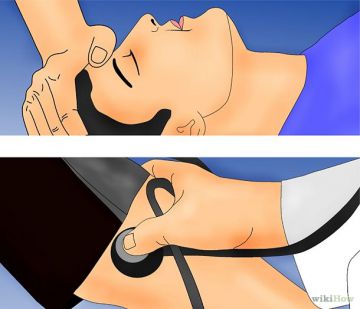
Monitor the victim's airway, breathing and circulation. If there is any, attend to external bleeding.
Maintain normal body temperature.
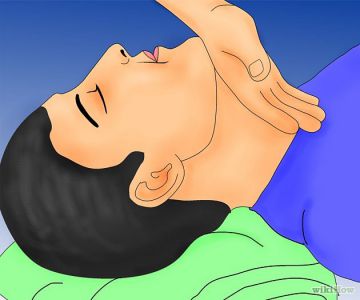
Keep from getting too hot or too cold by applying rags dipped in water and placed over the forehead.
Download formula
